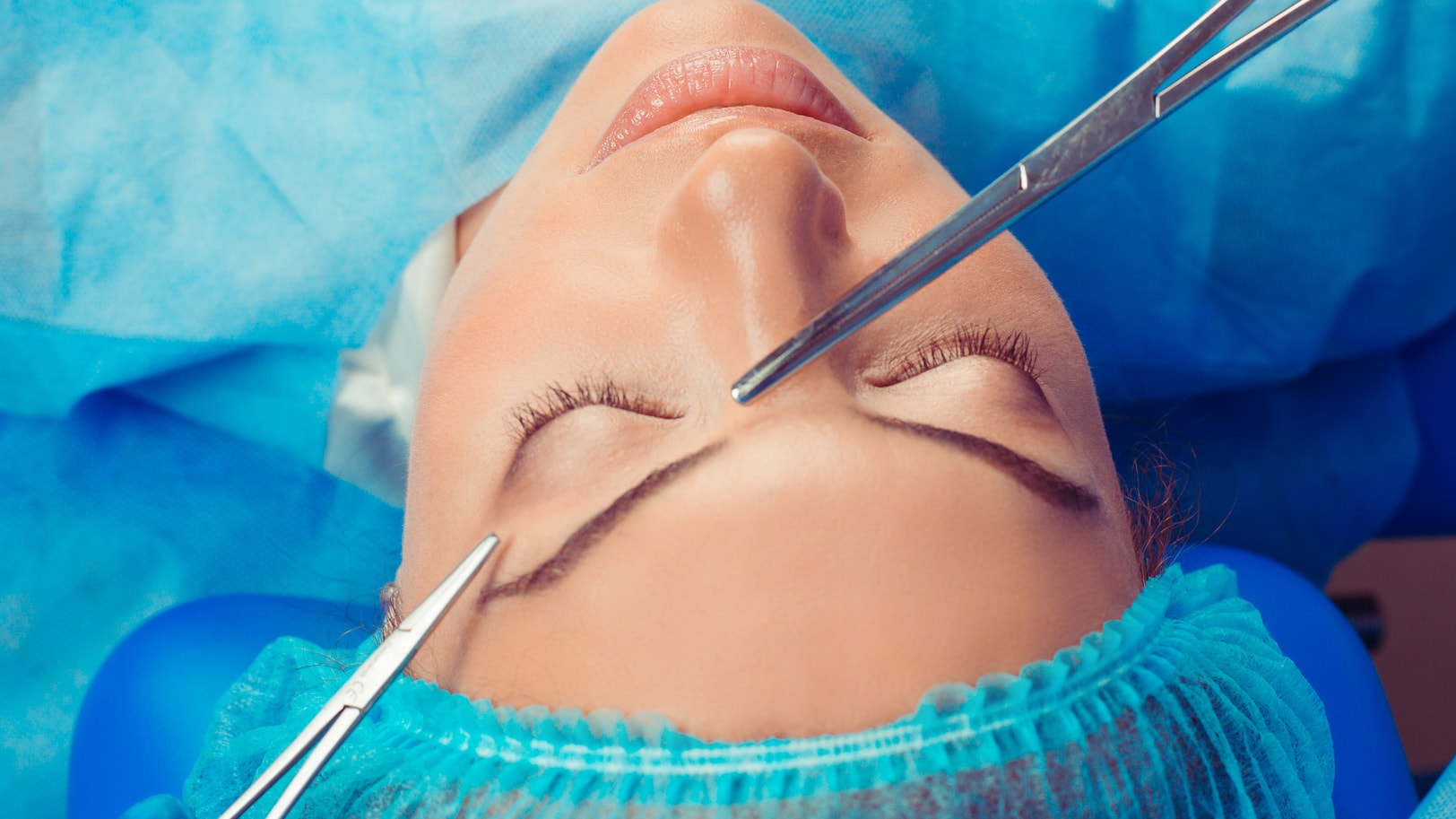
Coronal browlift is a surgical procedure that involves making an incision from the top of the ear all the way across the top of the head to the other side. It is an ear to ear incision along the top that allows doctors to effectively lift the eyebrows higher. For people who have eyebrow droop, it is one of the procedures used to lift the brow.
The eyebrows are supposed to be at or above the bony rim of the eye socket. As many people get older, the brows tend to droop. People work hard to keep their eyebrows up which give them a lot of wrinkling in the forehead and is the source of horizontal lines. The purpose of the browlift is to correct the brow droop and wrinkles of the forehead. Sometimes a coronal browlift is also called a forehead lift because it actually affects the forehead as well
An ideal candidate is usually someone with a full head of hair who has a relatively normal or low hairline. It should be someone who is not expecting to lose their hair. People with male pattern baldness are somewhat reluctant to put an incision across the top of their head if they can avoid it. Someone with a very high hairline is not a good candidate for a coronal browlift because it removes an inch of skin which includes hair bearing tissue. This can raise the brow even further.
In general, the biggest improvement with a coronal lift is that it physically removes skin so it removes the parts that are drooping. The doctor can directly see the important nerves and vessel structures that they are trying to preserve and they are able to really divide some of the muscles which are causing wrinkles in the forehead. It lifts and treats the problems more definitively.
These are the advantages compared to an endoscopic approach or a transbleph browlift that does not remove any skin. They just lift the brow up and let scar tissue readhere soft tissues. For people who are much older with very deep lines in their forehead and a lot of extra skin, this is more of a definitive long-term approach than the endoscopic or transblepharoplasty lift.
The alternatives include:
1. Botox which paralyzes the set of muscles around the eyes and gives a 2mm or 3mm lift temporarily.
2. Ulthera which is focused ultrasound. By doing Ulthera, the patient can get another 2mm or 3mm of lift to the brow in a noninvasive way
These two options are non-invasive but only produce modest results at best.
The most drastic and effective results (if the patient has the lower hairline to do it) come from the coronal browlift or the hairline incision.
The main limitations of the procedure are the scar and the alteration of the hairline. If a person has thick hair, the scar will not be that visible. If the patient does not have thick hair, the scar is sometimes visible because of possible hair loss around the incision.
The other big downside is the potential for hair loss. The coronal incision is back a couple of inches from the hairline. The surgeon needs to remove half an inch or an inch of skin. It is generally right across the top of the head from ear to ear.
Nerve damage and numbness to the forehead are risks with any of the procedures. Supraorbital and supratrochlear nerves which give sensation to the forehead can be potentially injured in any of the browlift procedures and that damage can be permanent. Mild asymmetries, hair loss, and scars are really the biggest issues that are seen with any browlift procedure. The bicoronal adds in the potential for hair loss and scar.
Most people have numbness temporarily. It is pretty uncommon for it to be permanent because, particularly with the bicoronal incision, the surgeon is openly visualizing the nerves which give feeling to the forehead.
Patients should expect one to two weeks of recovery time. They will not have a lot of pain. They will have bruising and swelling as well as bruising in the area operated on and around the eyes. However, most people can return to work within a week.
The results are immediate and long-lasting if the patient does not smoke and does not spend a lot of time in the sun. The results should last 8 to 12 years. The procedure can turn back the clock but it will not stop the clock. The bicoronal or the coronal browlift lasts longer than the other versions of the browlift because it takes out skin and is not just repositioning the forehead.
Coronal browlift is a procedure that allows surgeons to lift the brow and pull the areas where people suffer from eyebrow droop. While best suited for someone with a full head of hair who also has a normal or low hairline, patients should consult with a doctor to see if coronal browlift is a good option for them. An experienced and board-certified doctor can help a patient determine which browlift technique is best suited for their medical situation.
Written by Cosmetic Town Editorial Team- MA
Based on an exclusive interview with Barry Cohen, MD in Rockville, MD